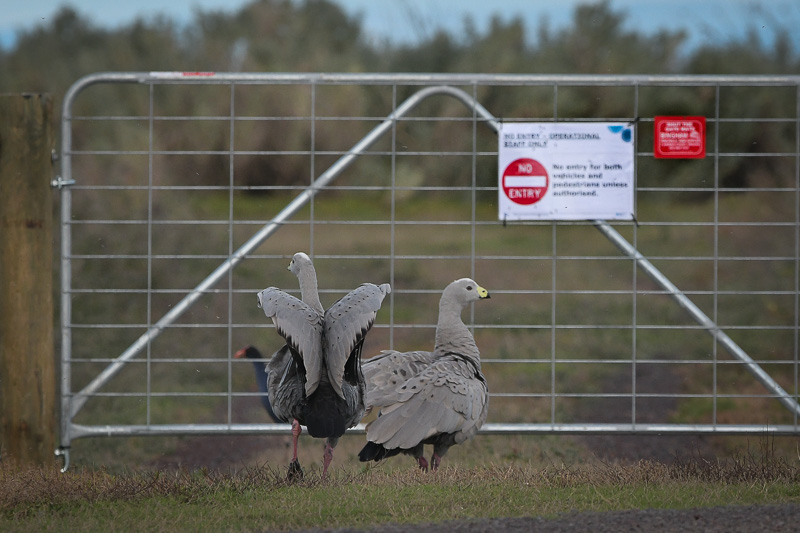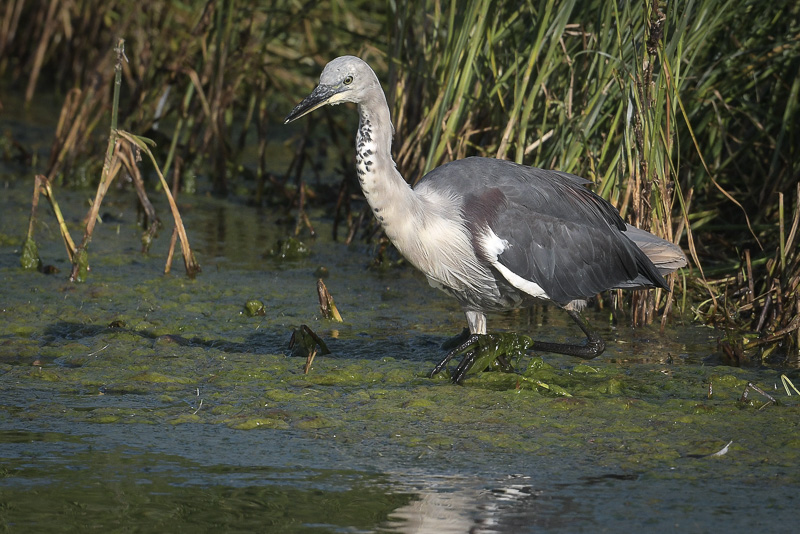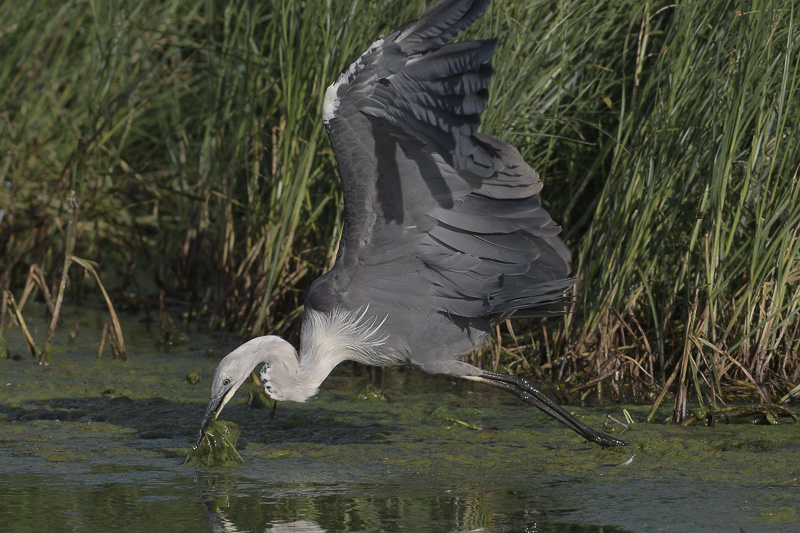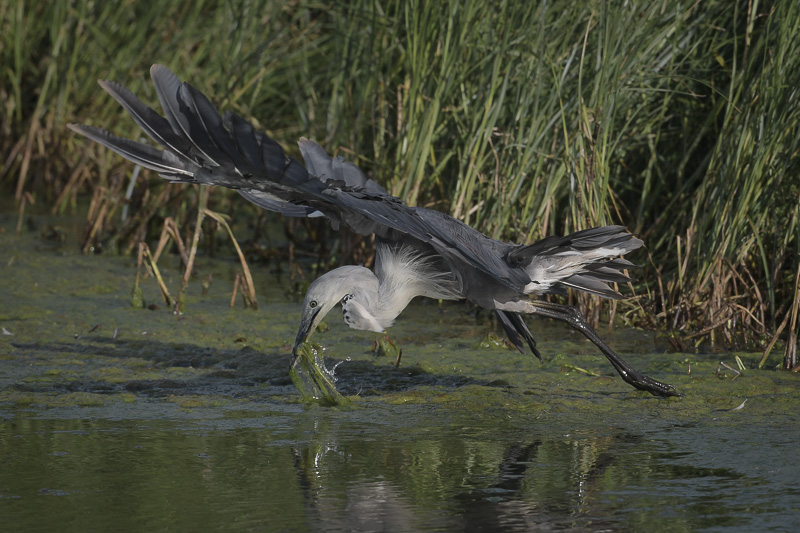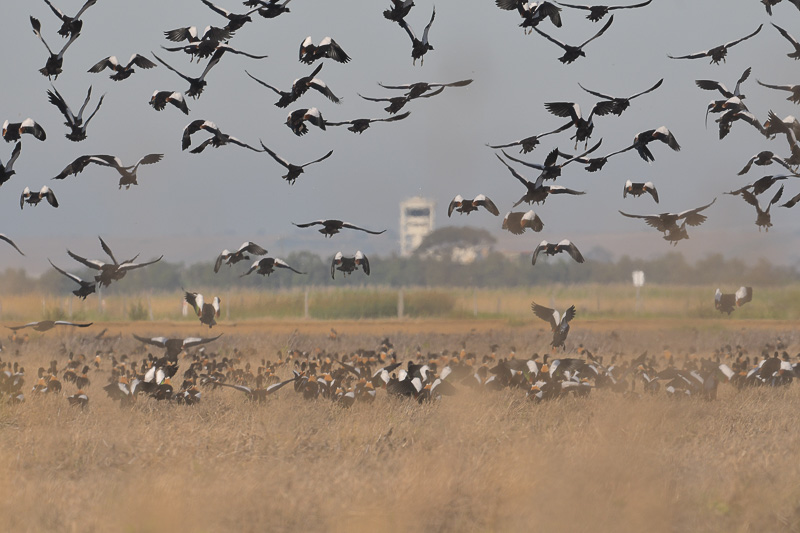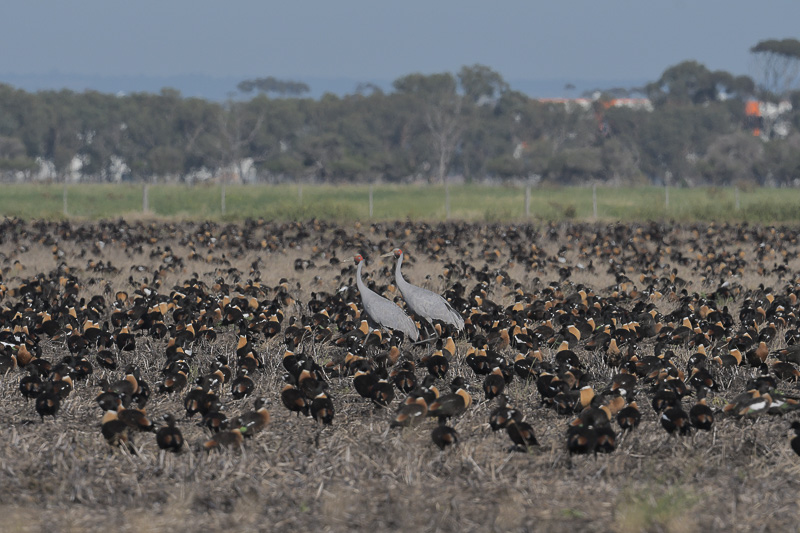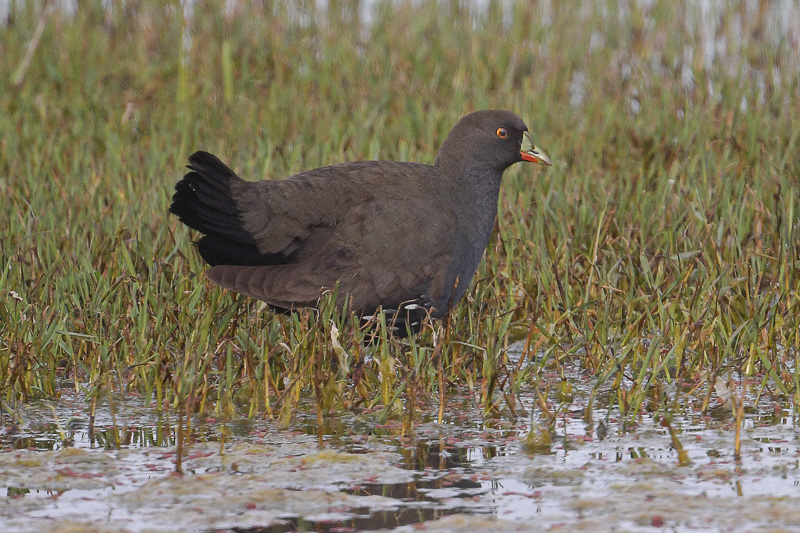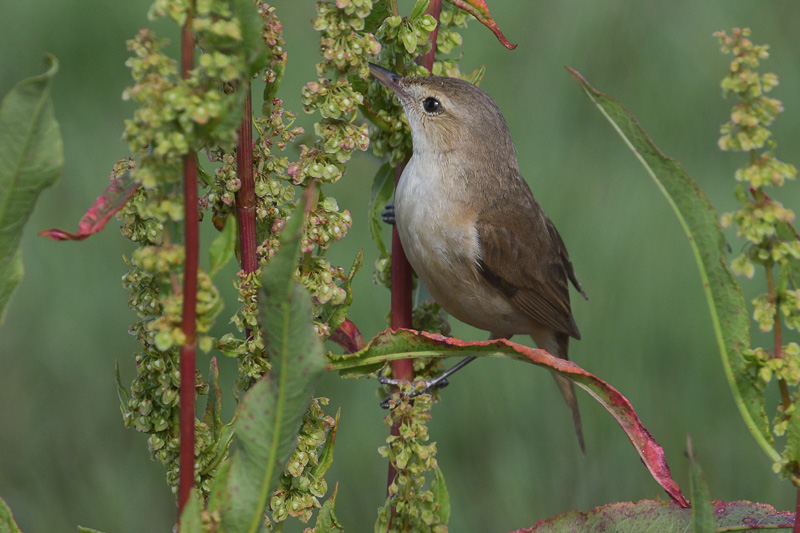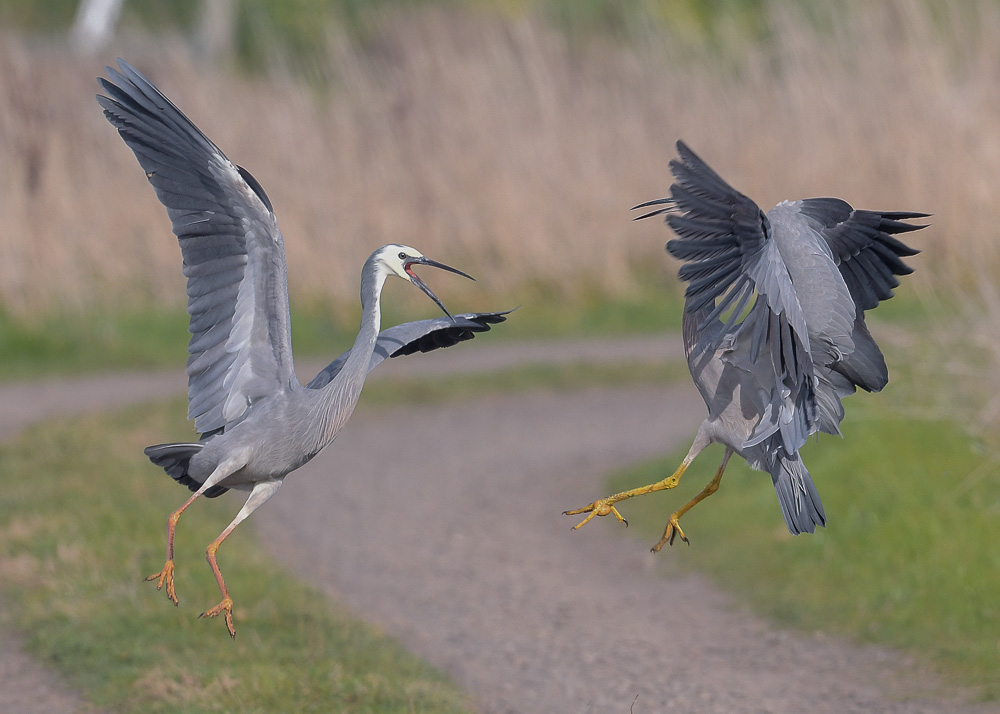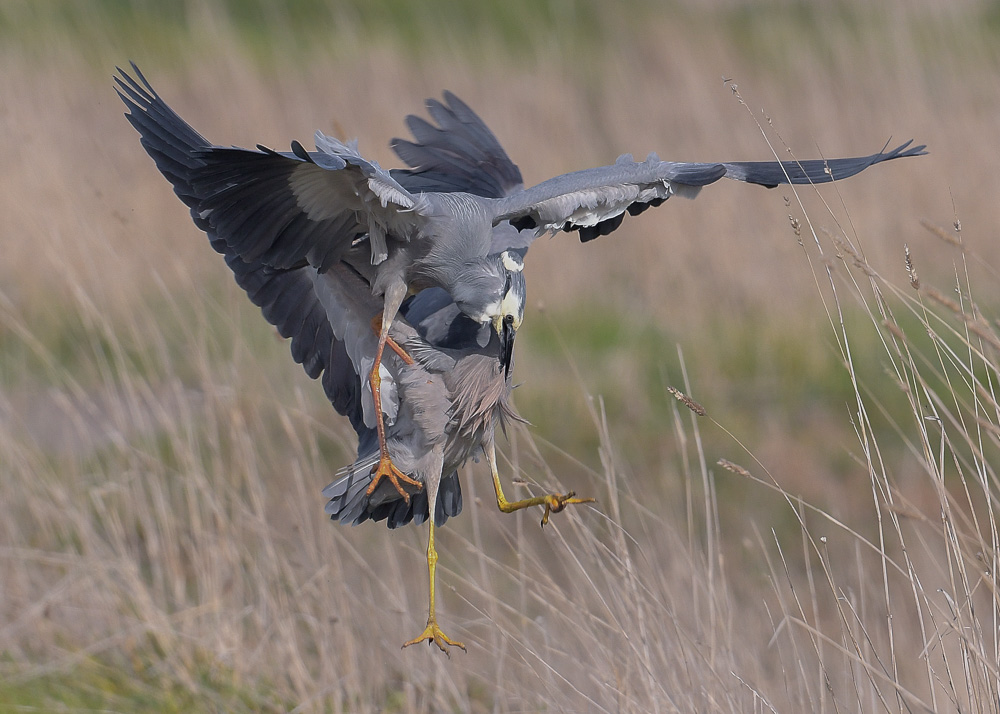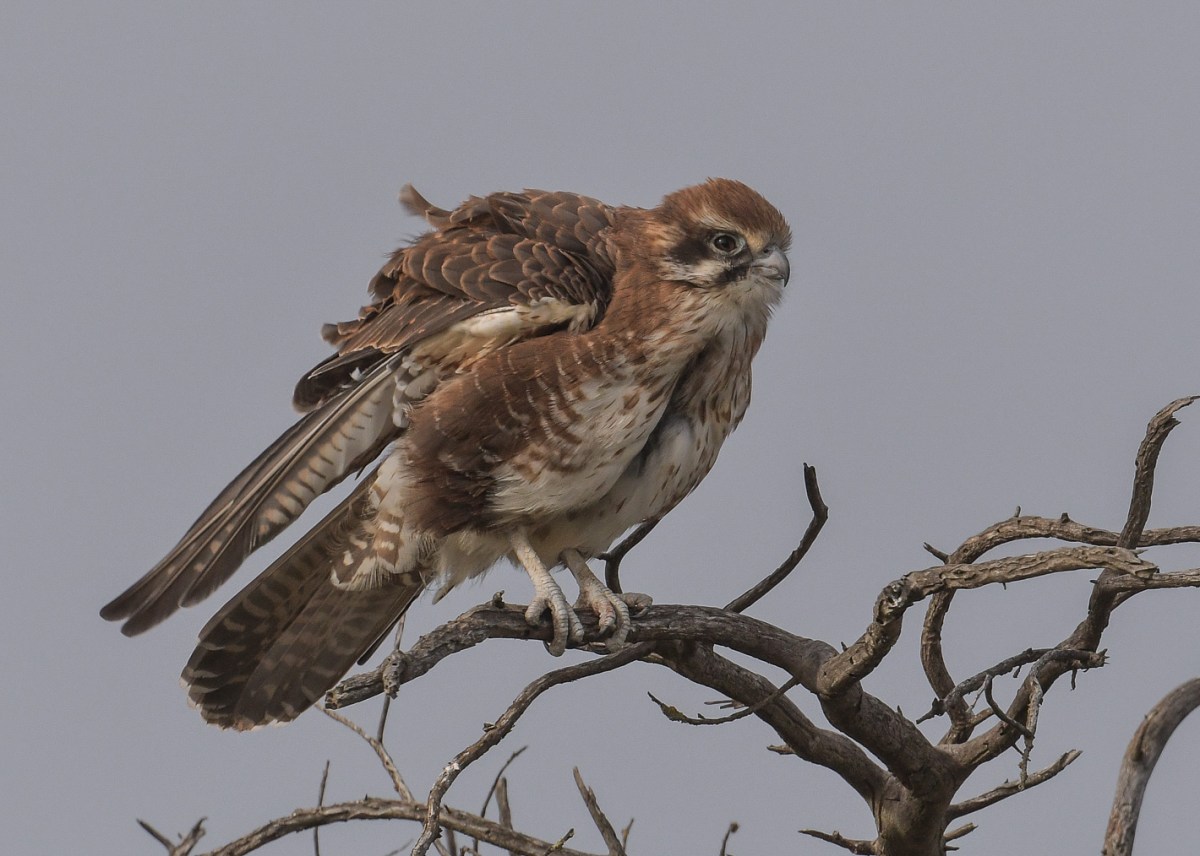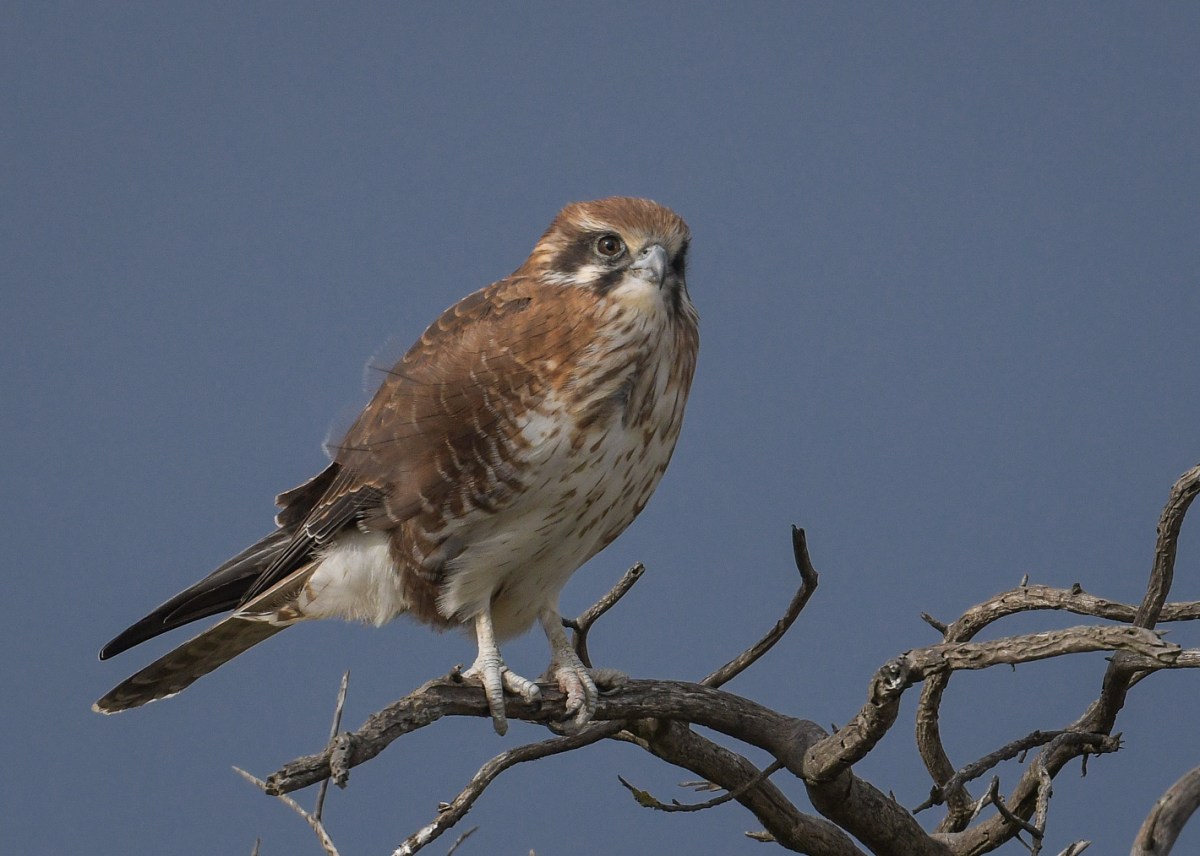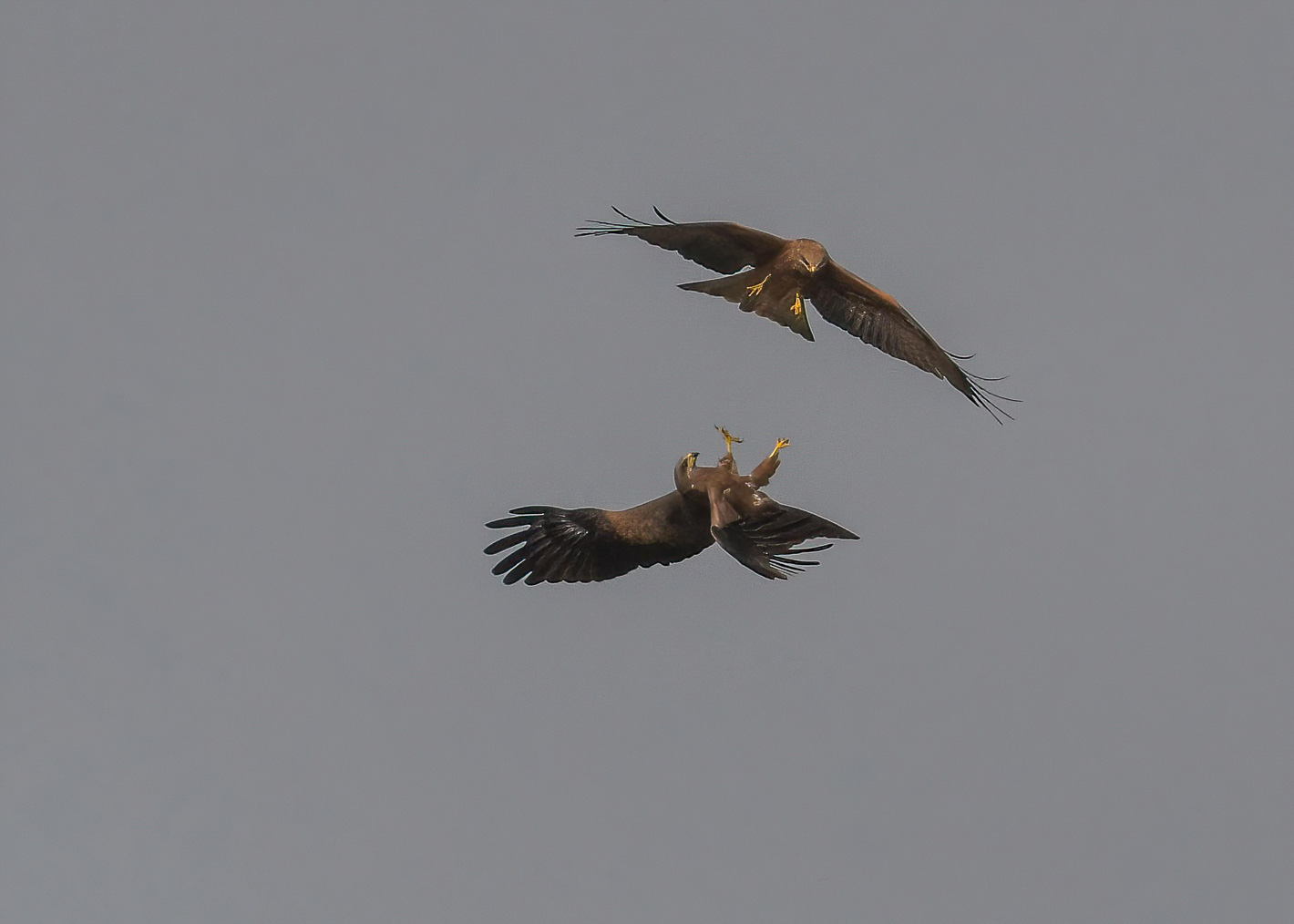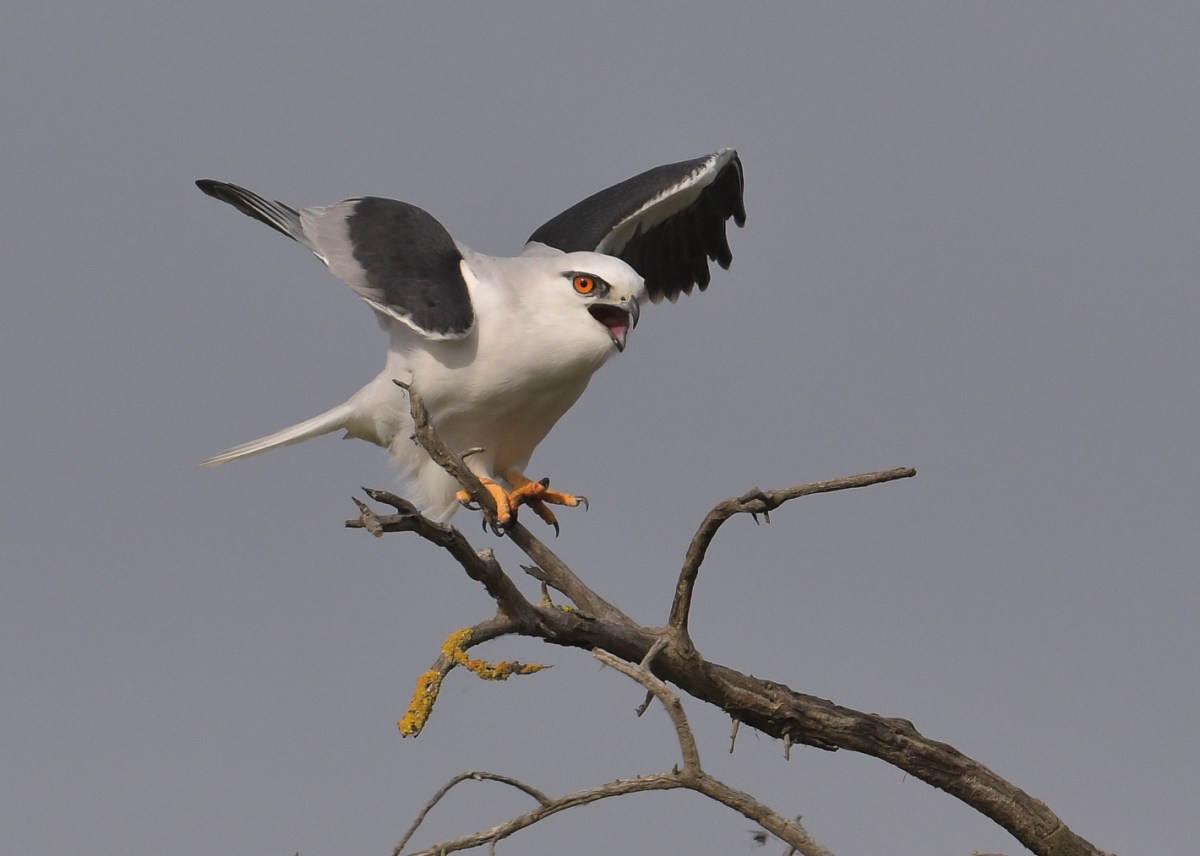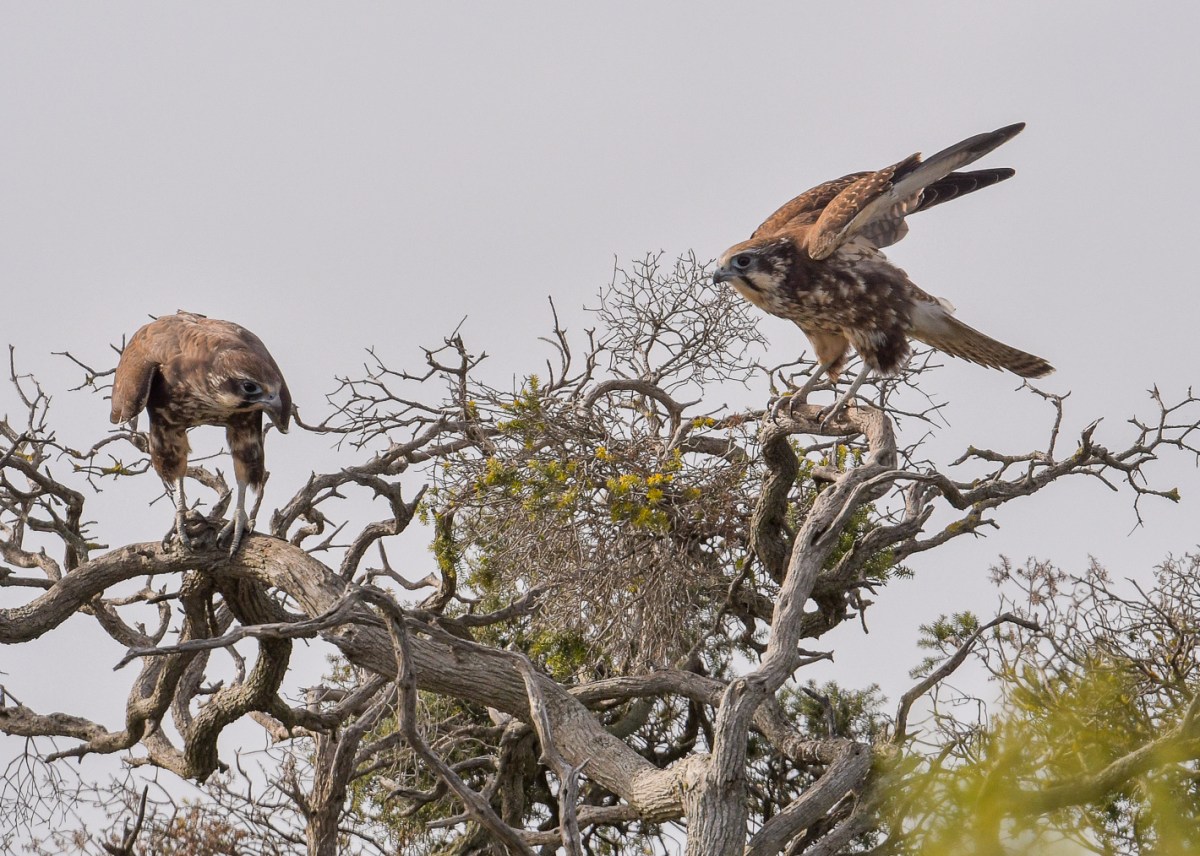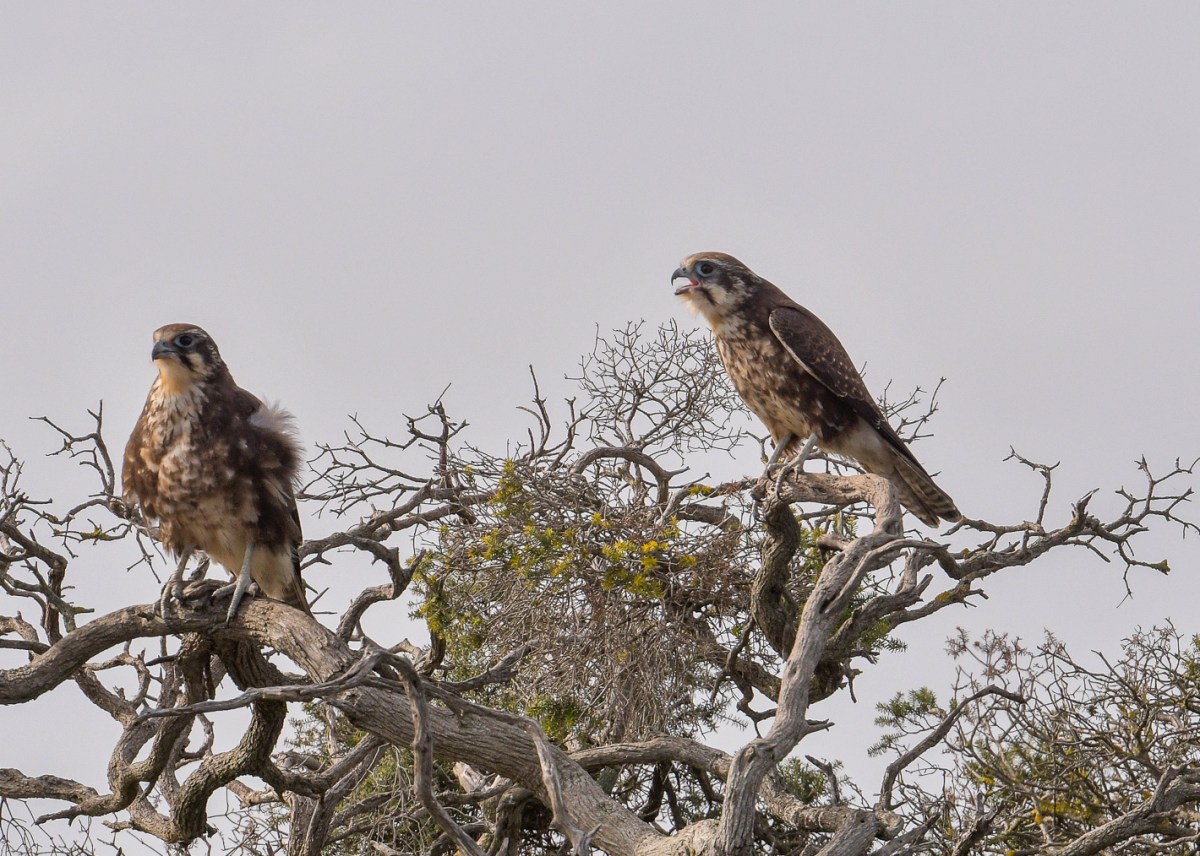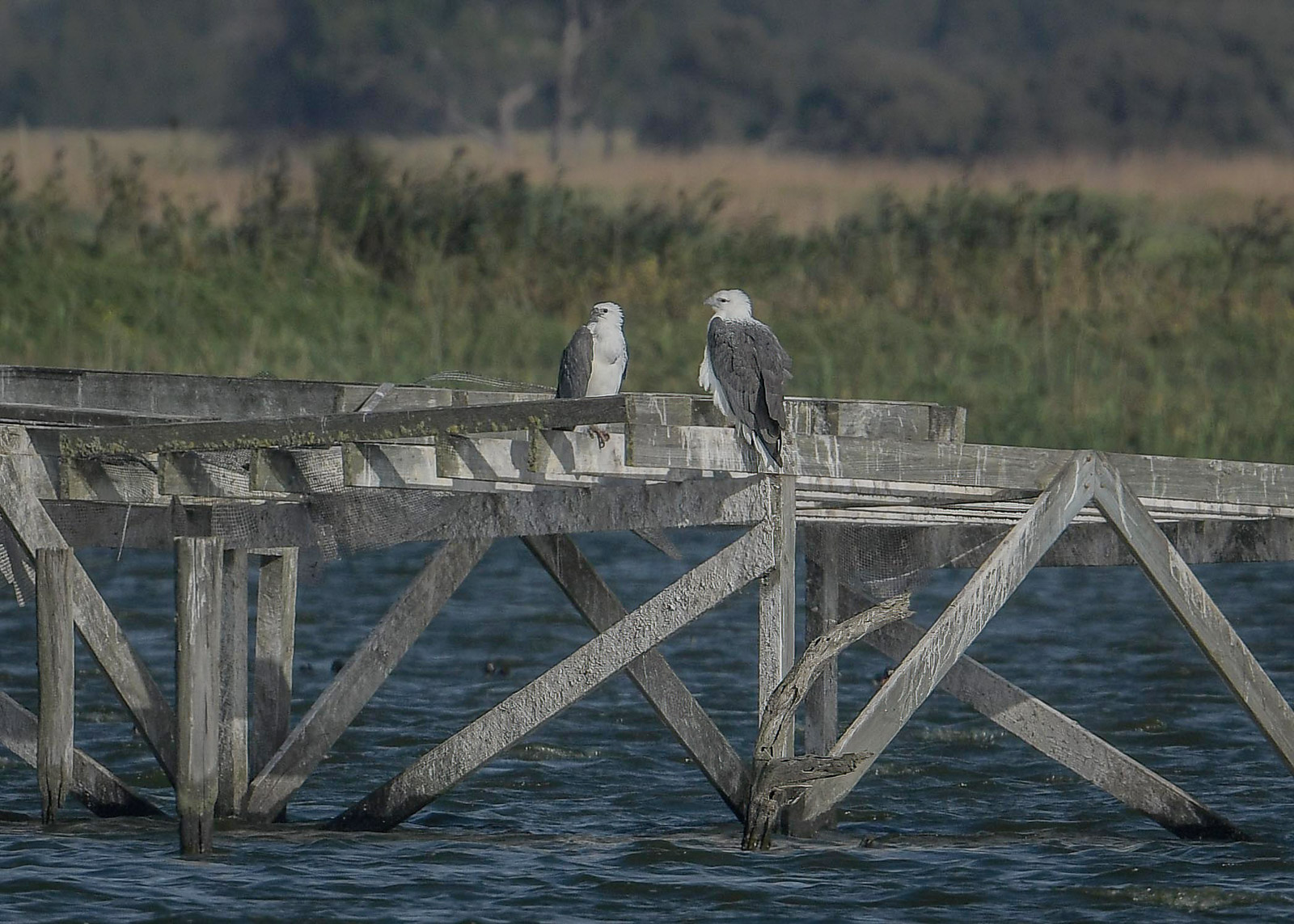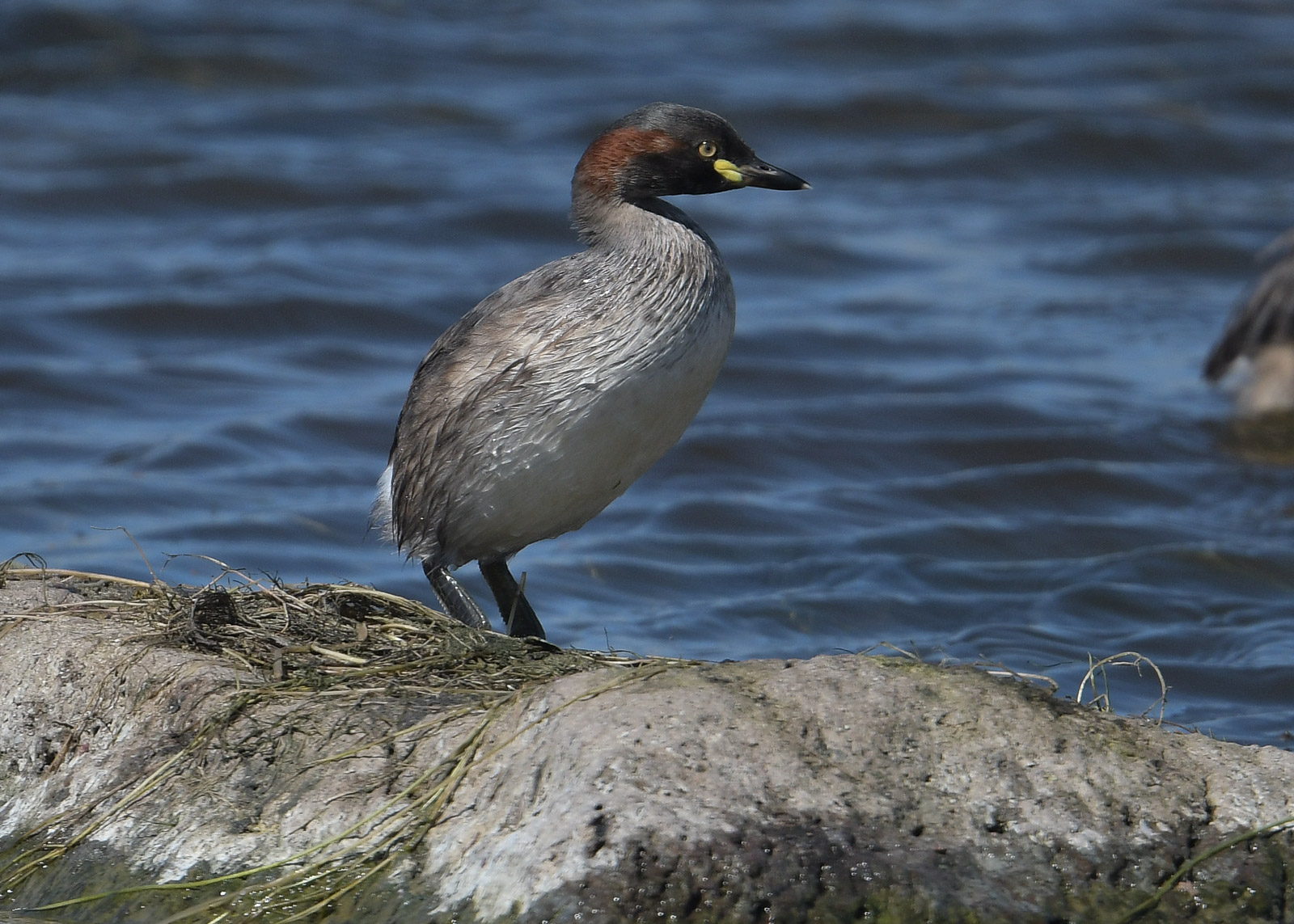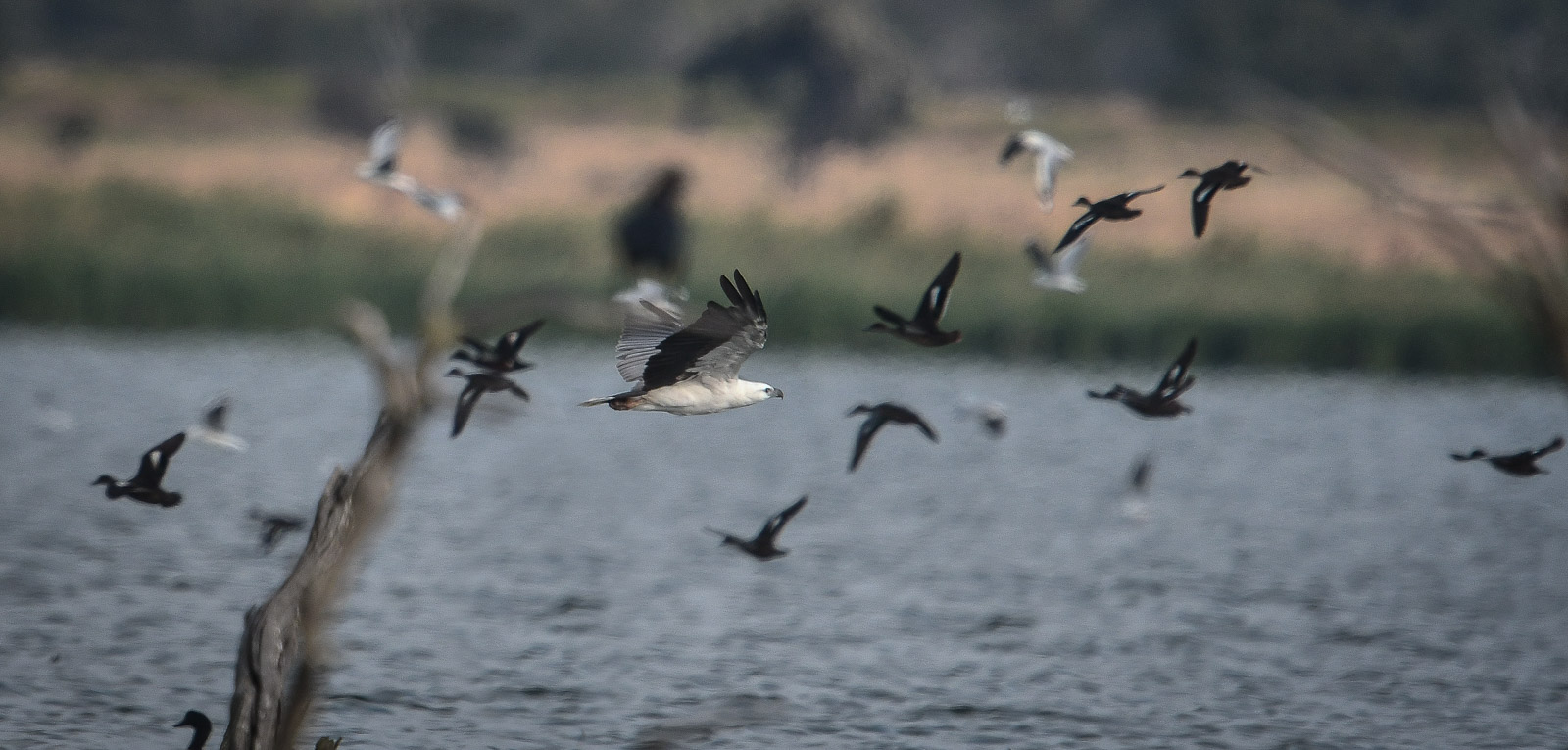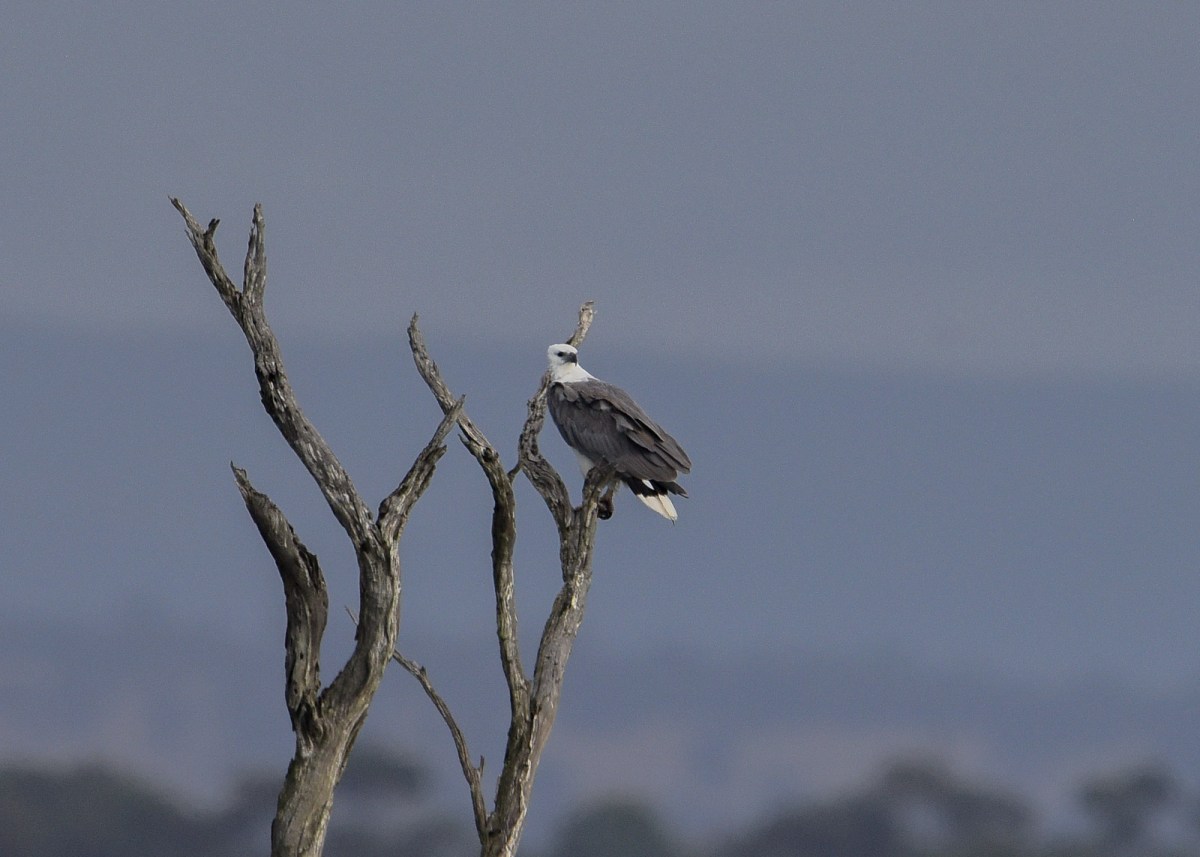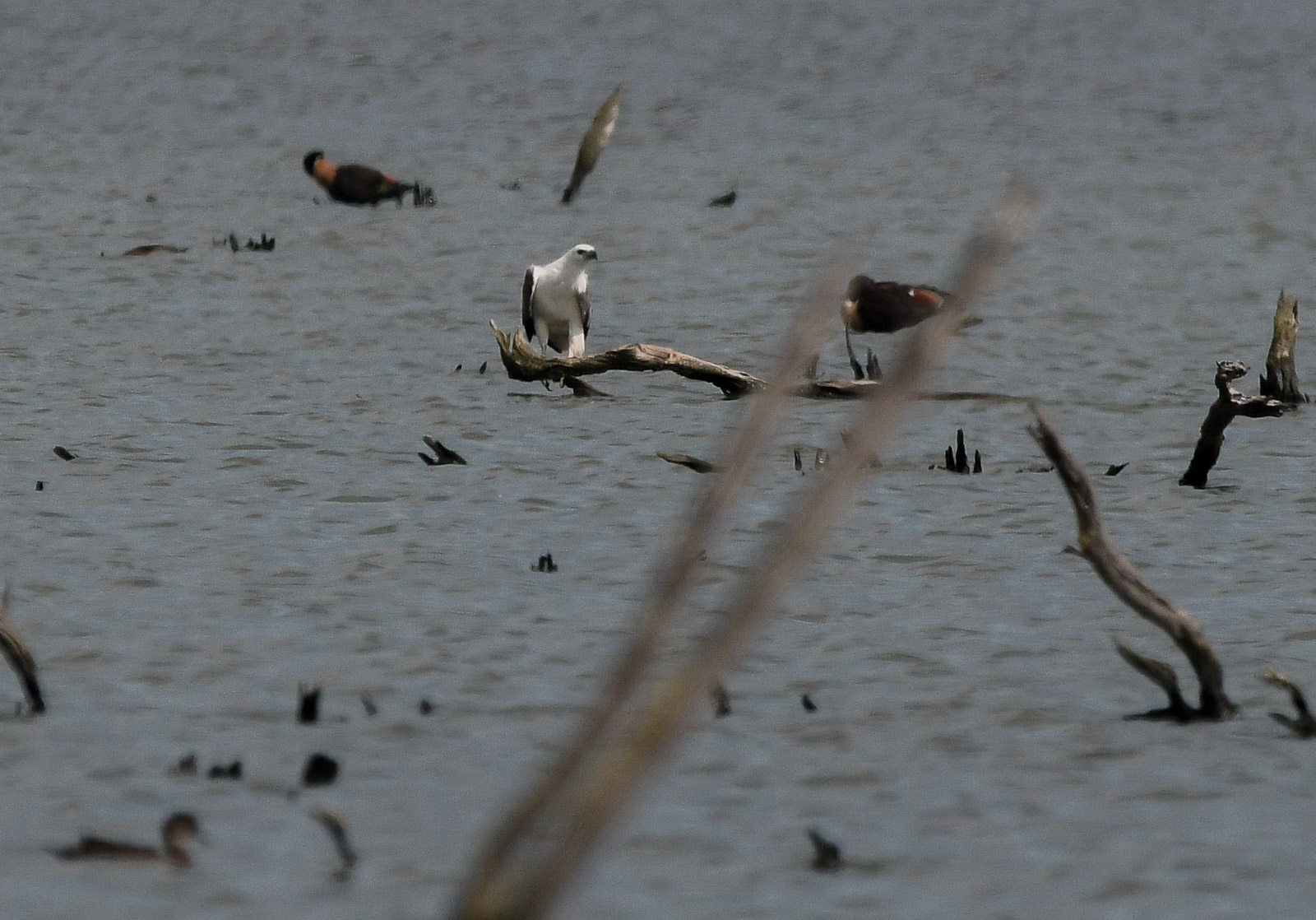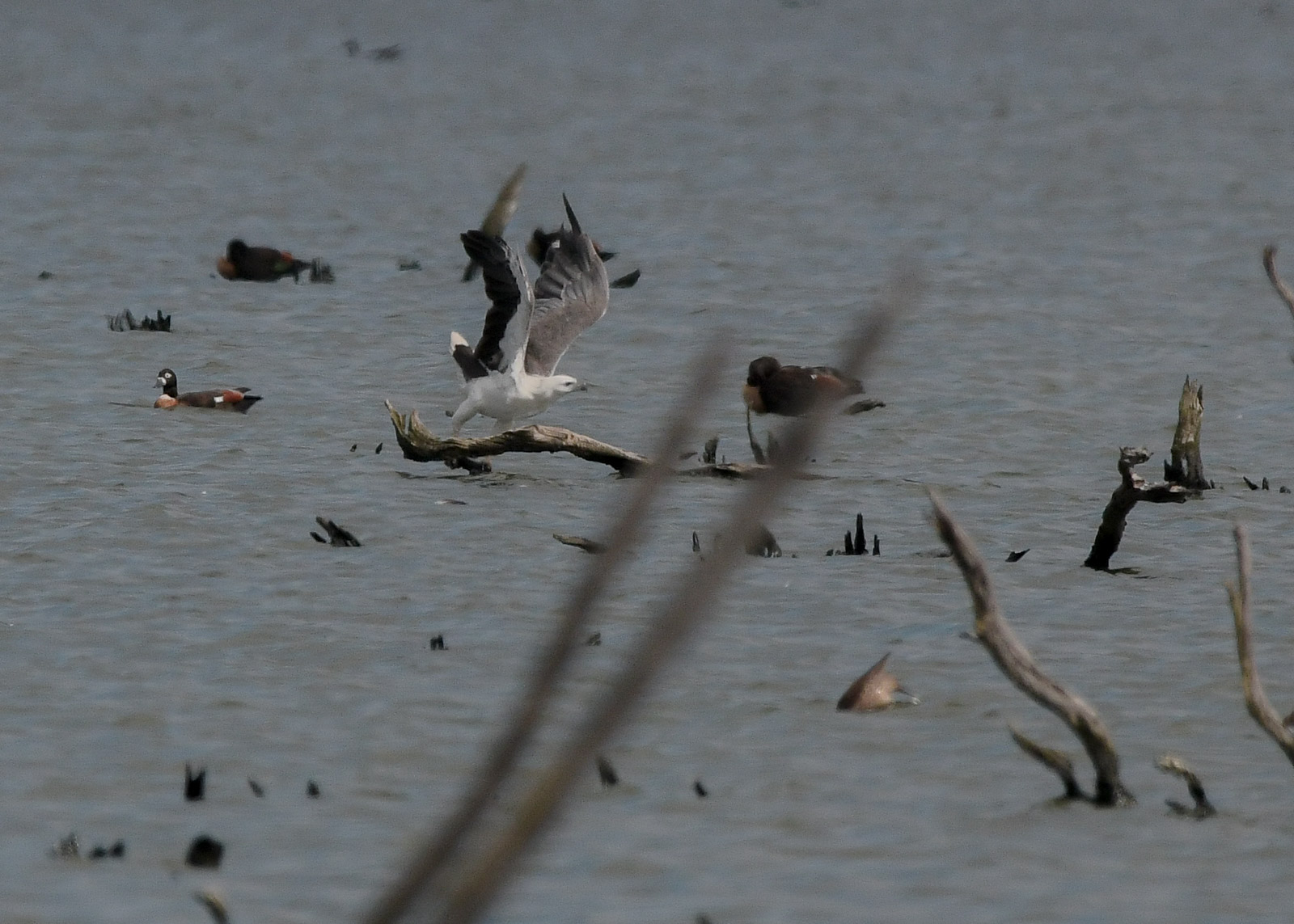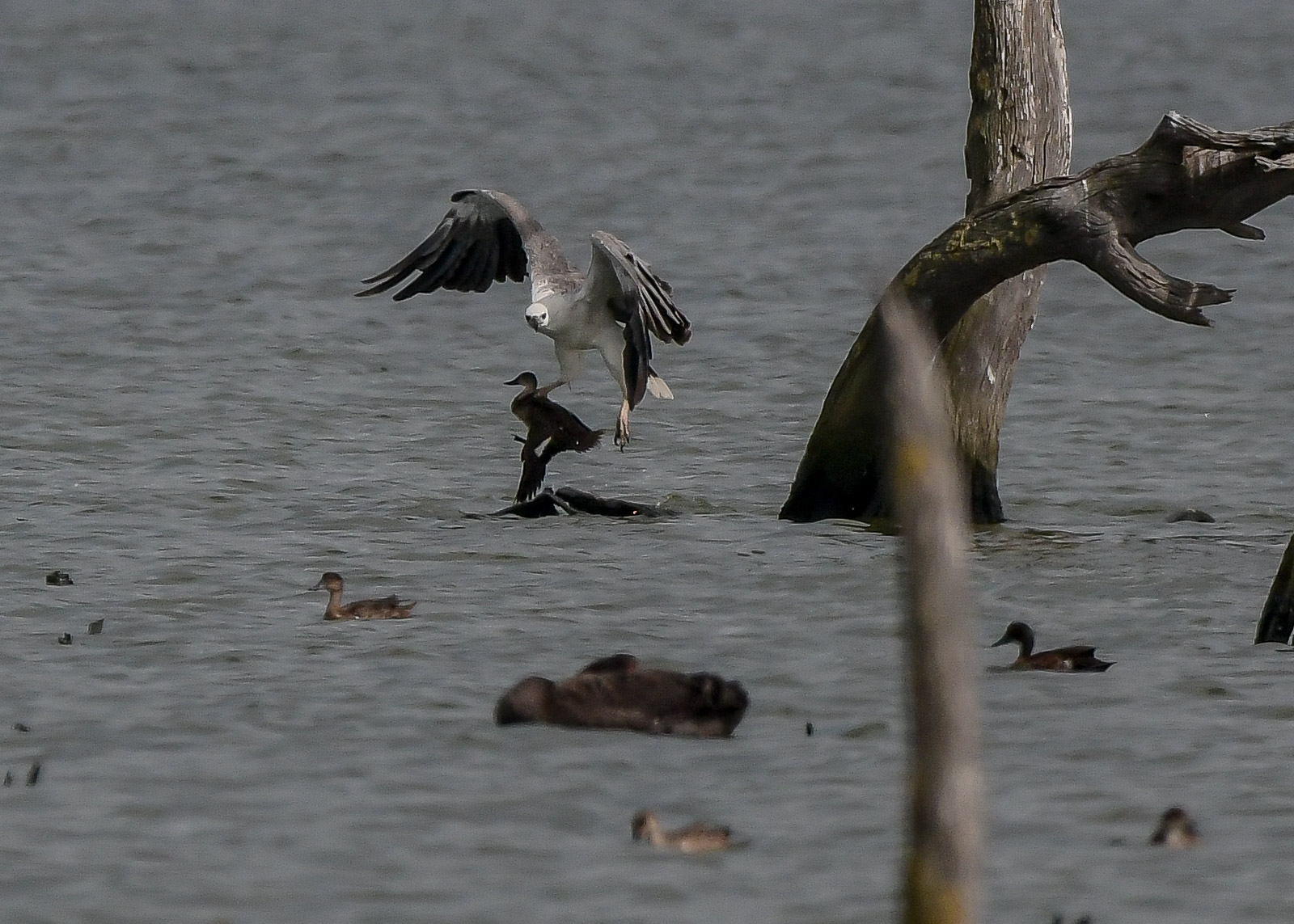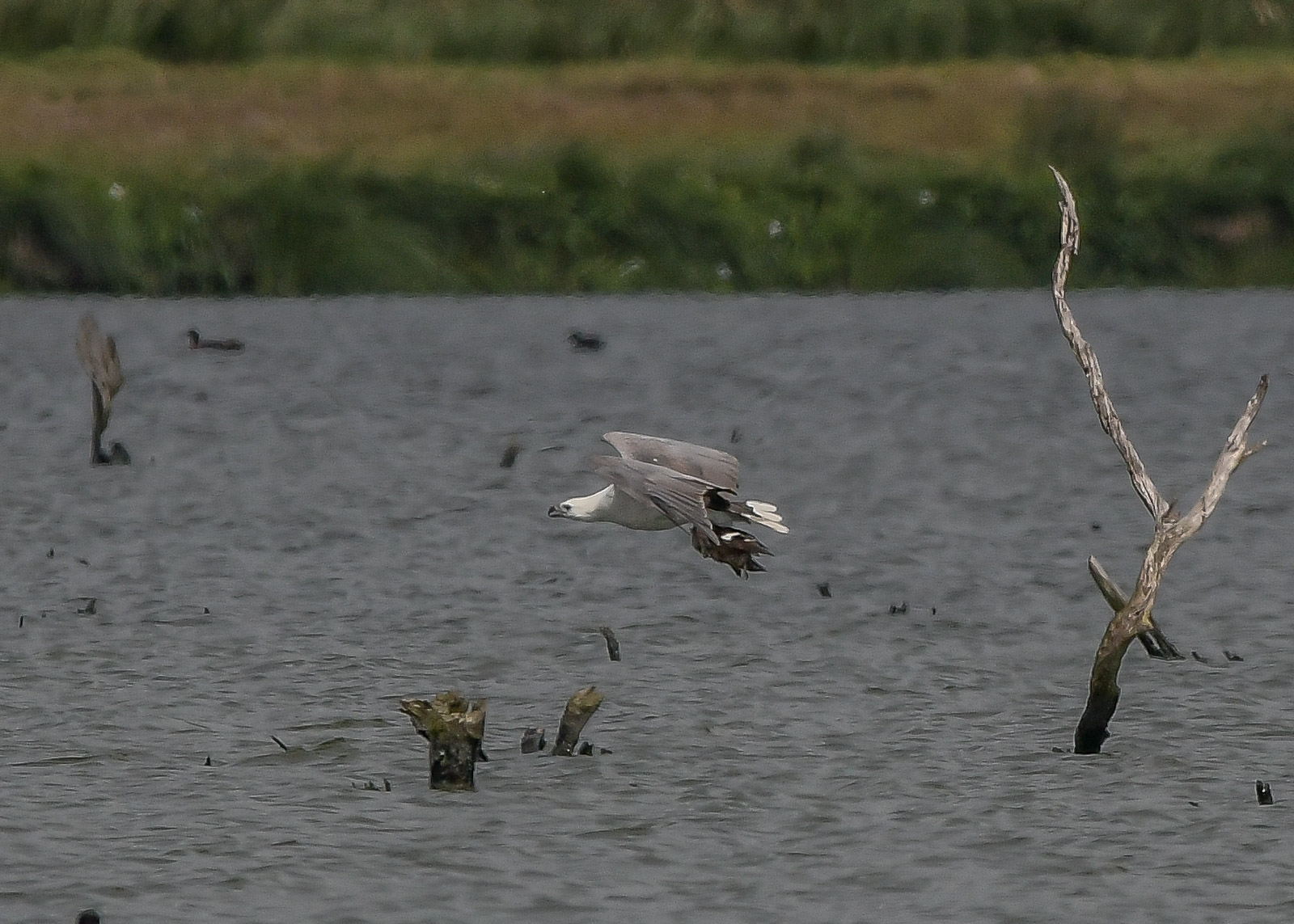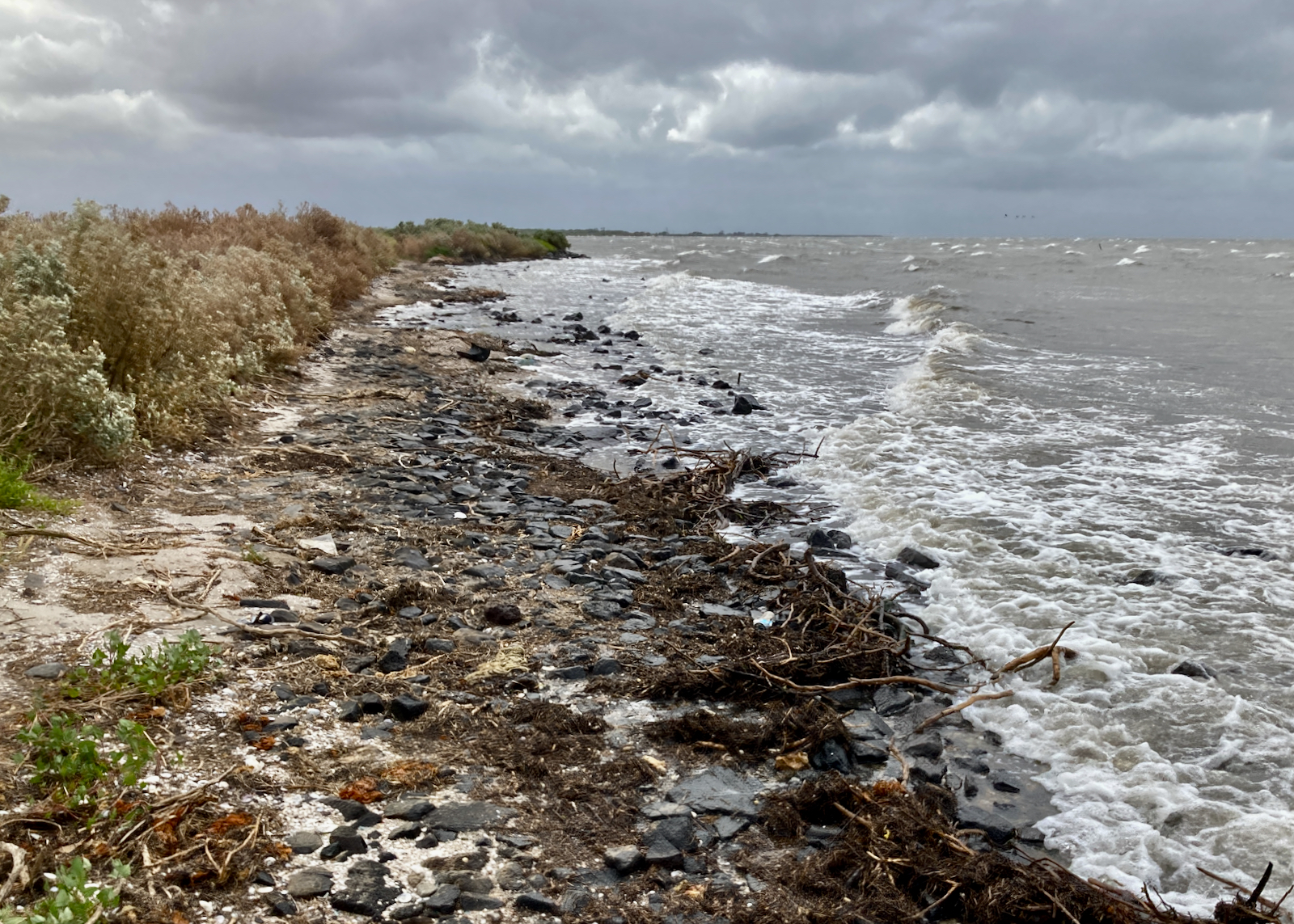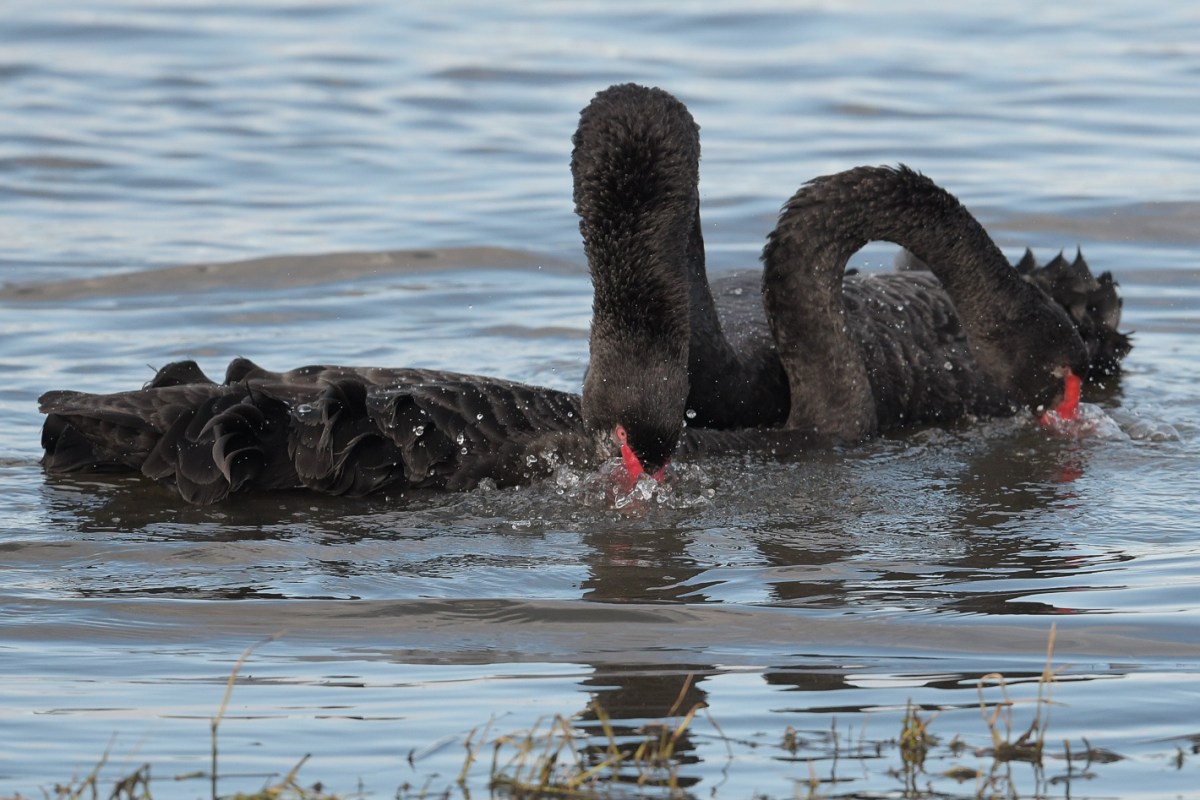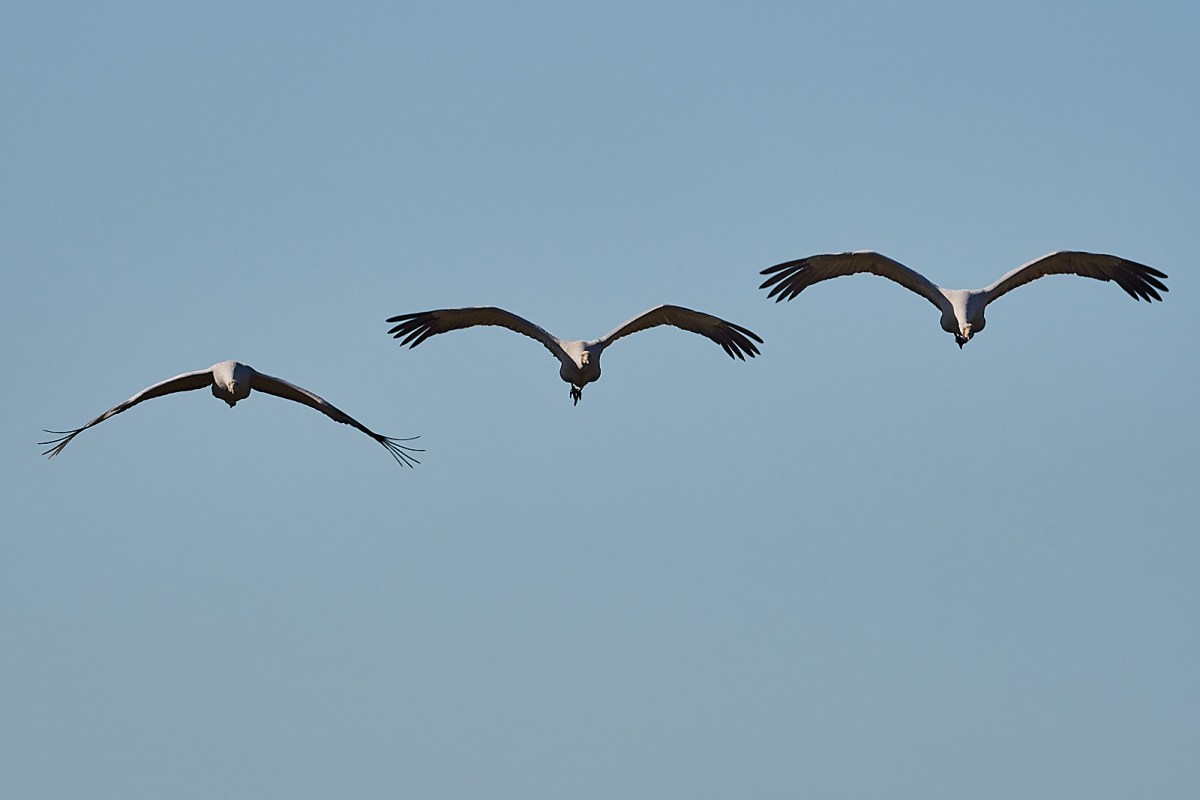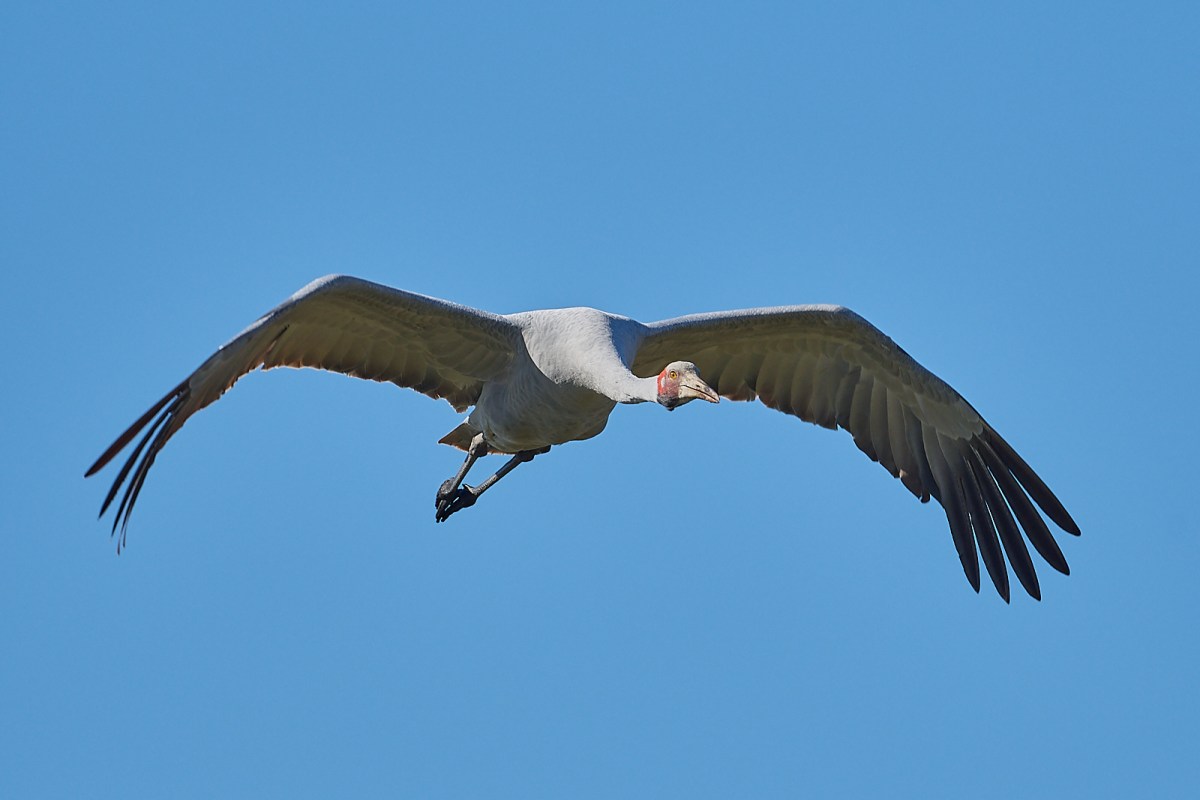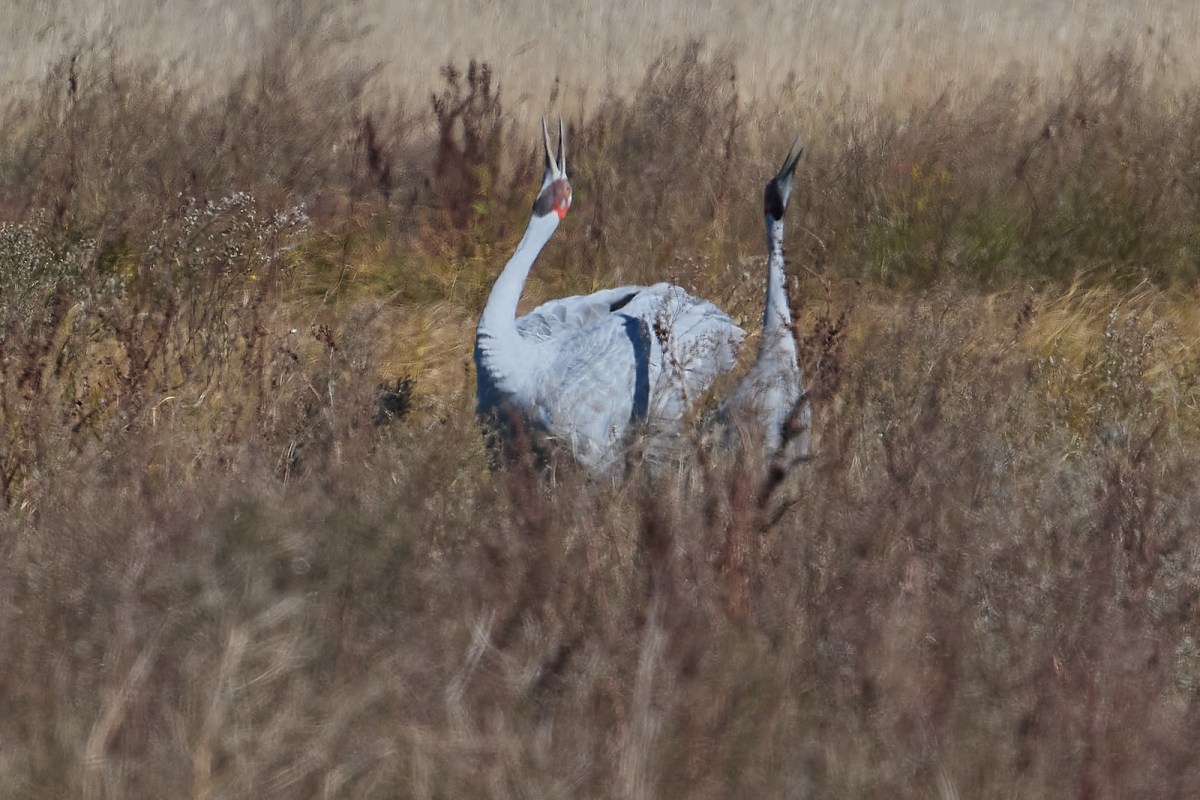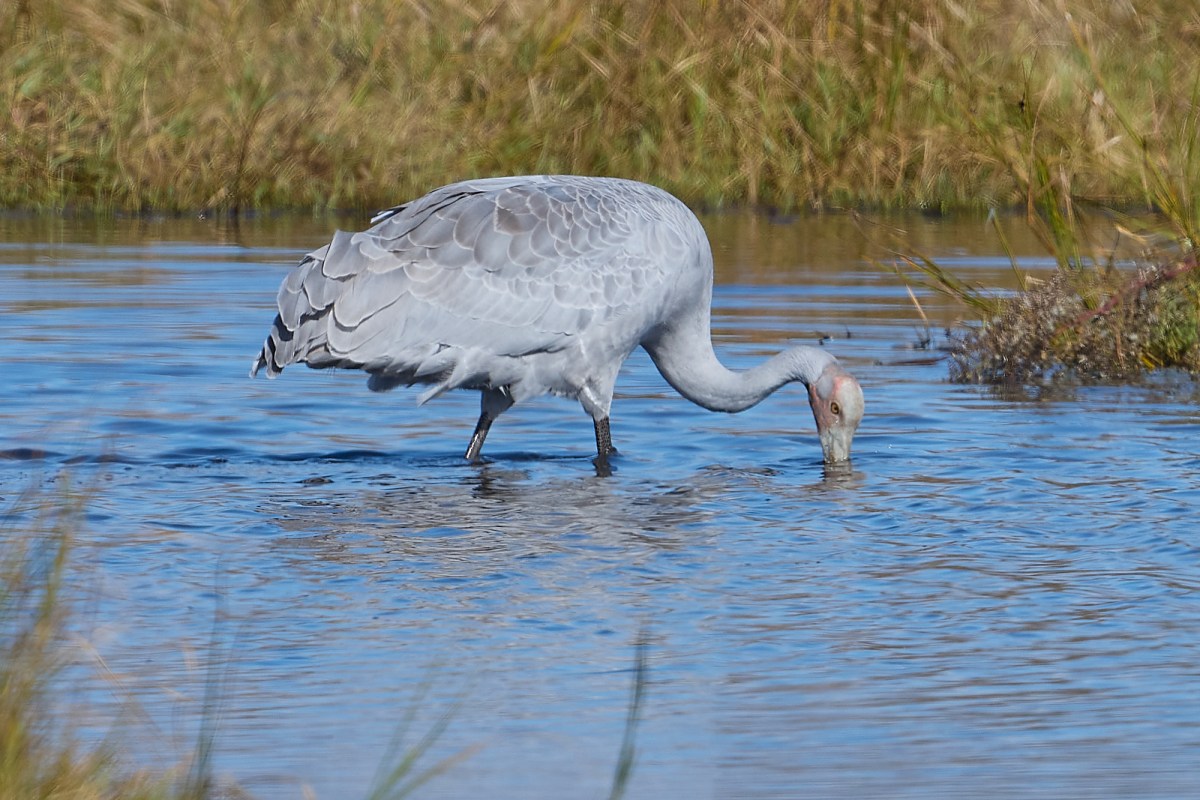I was first introduced to the Western Treatment Plant by a birder who had been visiting the area for many years. He delighted in showing people the best of the area, and his enthusiasm was infectious.
On one trip, we were sitting on the rocks in the grass overlooking Ryan’s Swamp. It was at the time carrying a good depth of water. As we sat eating lunch, we chatted about the history of people bird watching in the area. One character, Fred Smith, had been visiting the plant for many years and in those early years, he would catch a train to Werribee Railway Station and then ride his bike down to the plant. In those early years, access to the bird-watching area was through the town of Cocoroc.
He then said two profound things that have stuck with over the years. As we sat in the early autumn sunshine, with Kites and Falcons keeping us entertained with their aerial skills, he said, “This is a Magic Place.” A little later he continued, “It is a great privilege to be able to have access here.”
Times have changed, transportation has become easier and now the ‘Farm’ is running the risk of over-familiarisation. Where once it was possible to see maybe 5 visitors in a day, now, the numbers approach 50 or more when a ”special” bird is in residence.
At present an international wanderer is causing excitement on social media, and the area where it is currently over-staying is in danger of becoming a traffic jam. And the environmental pressure around the pond had resulted in Melbourne Water closing a lot of small side roads with gates and signs and to issue, a fairly strong worded edict to birdwatchers, photographers and general visitors.
Here is part of that document.
Incidents include:
- walking off tracks and roads and entering vegetated areas and margins of ponds for photograph opportunities
- inappropriate driving on site including riding in the back of a ute tray whilst in motion
- entering restricted areas on foot and by vehicle that are off limits to permit holders
- riding bicycles on the birdwatching route.
To protect yourself and the health and safety of these species, please:
- stick to the tracks designated in the WTP Birdwatching Route Map
- stay near your vehicle at all times – you are not permitted to walk more than 30 metres from your vehicle
- abide by the prescribed speed limit of 30kmh or as designated by signage
- follow instructions on all signage
- DO NOT ENTER areas are strictly no-go zones – you are not permitted to enter
- ROAD CLOSED sign means the area is closed both to foot traffic as well as vehicles
- No bicycles are allowed on site – cars only
It seems that we no longer adhere to ‘a privilege’ to be there. The view of the bird, and the ultimate photograph are more important.
And overcrowding to get that social media ‘hit’ is not limited to birding. Places like Venice are charging tourists to enter. In Japan they have erected a large barrier to prevent people stopping in the middle of the road for that ‘perfect’ picture of Mt Fuji. And there are many others.
It reminds me of International Photography Exhibitions during the 1970-80s. There was a division for “Nature Photography” and -the hand of man- was not to be seen in the photo. As competition for these events was high, much ingenuity was used to obtain the prize winning picture.
For quite a few years photos, (and this is in the days of filum) were made of nesting birds by finding a nest, setting up the camera rig, and flash units, close to the nest, and then chopping off any branches that might obscure the ‘perfect shot’. One I know of used a motorised camera with a 250 shot back, and a motion release. He’d set it up, retire to the local motel for the day, and then on the following morning go and collect his gear and prize winner. Leaving the bird nest now totally exposed to predators and the weather.
Another series that did the rounds for awhile was pictures of Sacred Kingfishers in nest. This was achieved by digging a trench next to the nest and then scraping away the earth to reveal the young in the nest being fed. Again, driving away leaving the nest exposed. Spotted Pardalotes nest in holes in the ground, the entrance very well camouflaged. But it was nothing to clear it all way to get a shot of the bird emerging or entering the nest space.. And walking away leaving the nest unprotected. Fortunately in the end we were able to have such practices banned.
However the pictures still did the rounds.
Bowels, Robins and Flycatchers of Australia, has a number of photo plates where the pruning around the nest is quite obvious.
BIrdLife Australia has a code of practice for photographers. I hope for the sake of both the privilege to visit the area and the Magic of the Place, that notice is taken.
It would be sad to loose access to such a special place.
